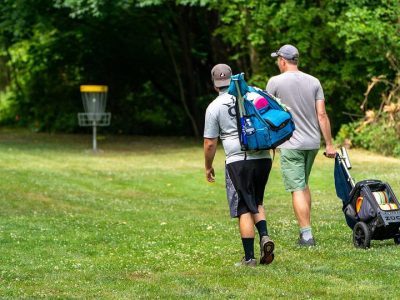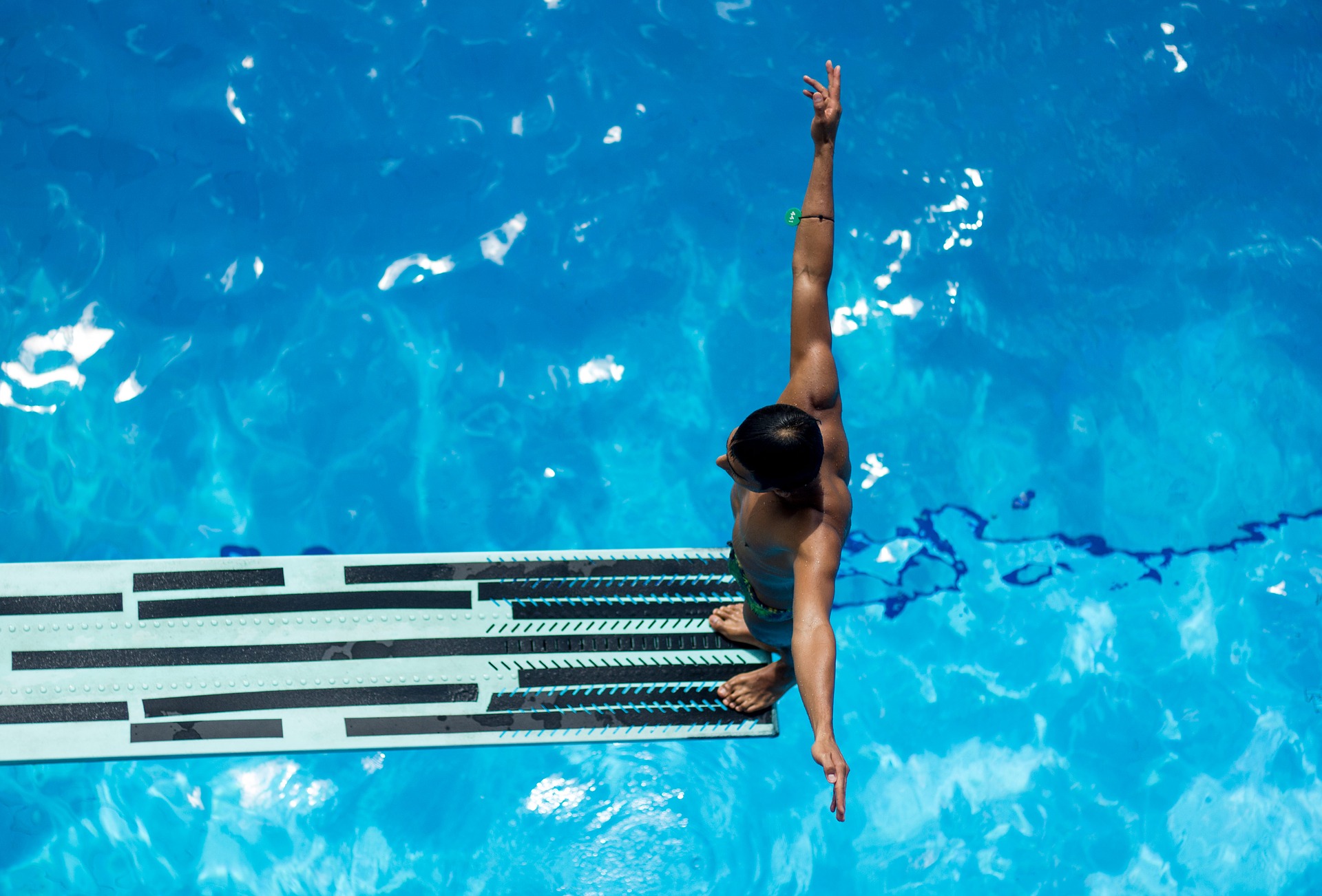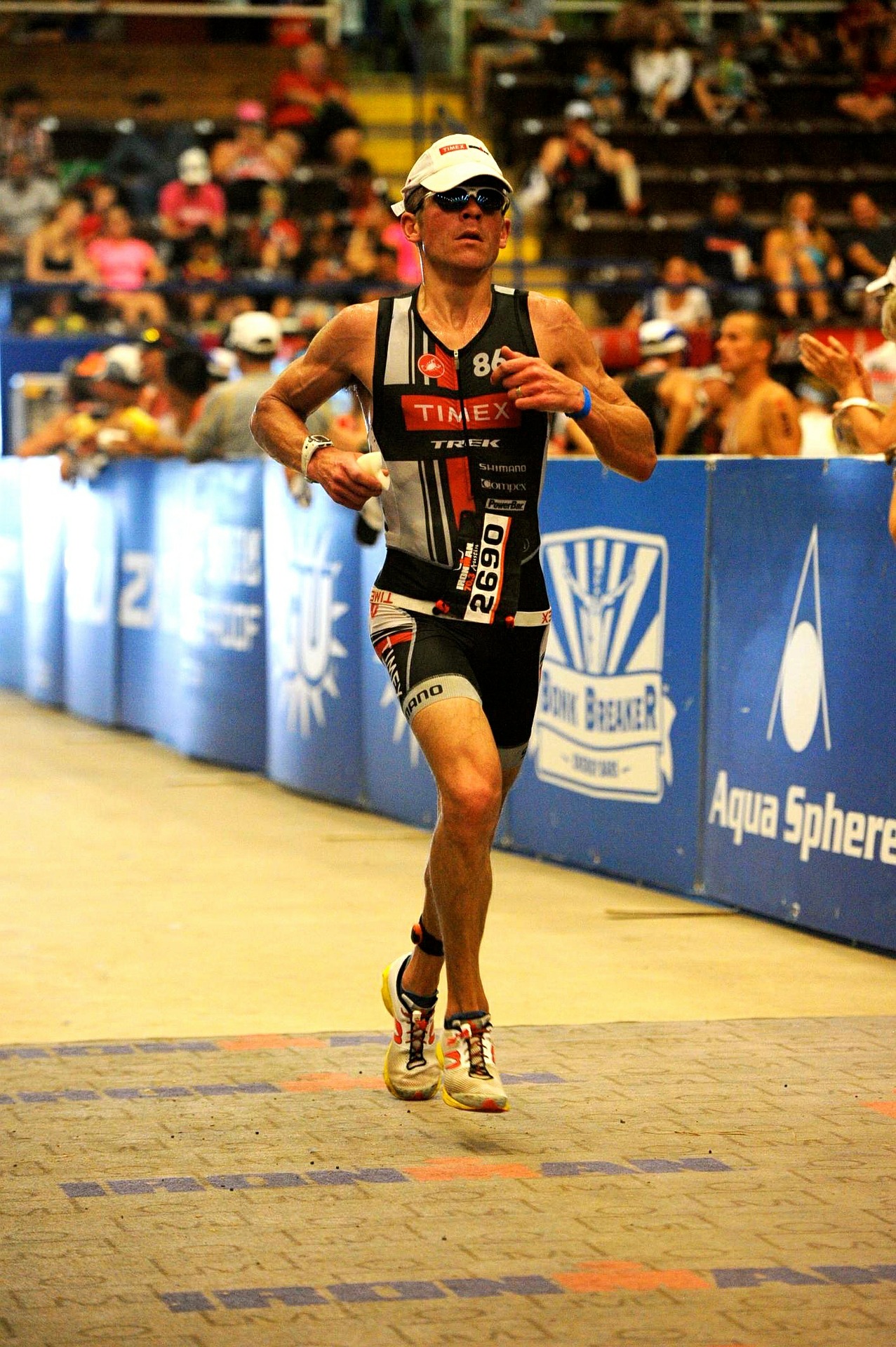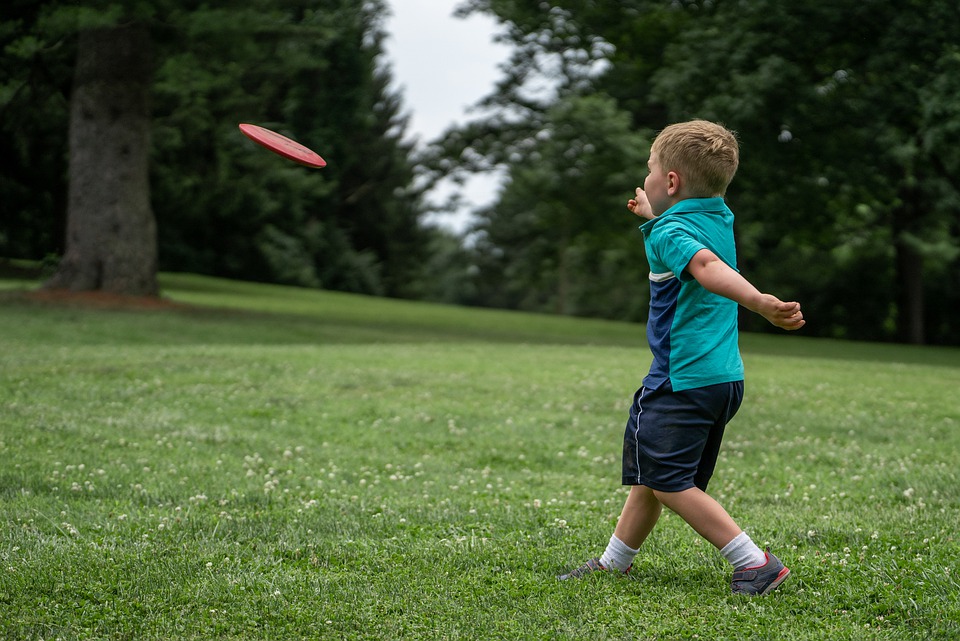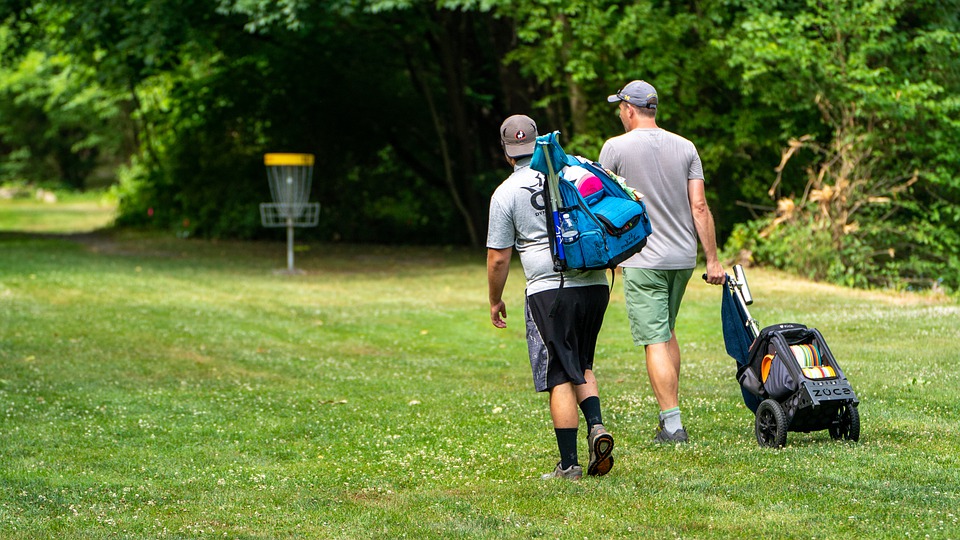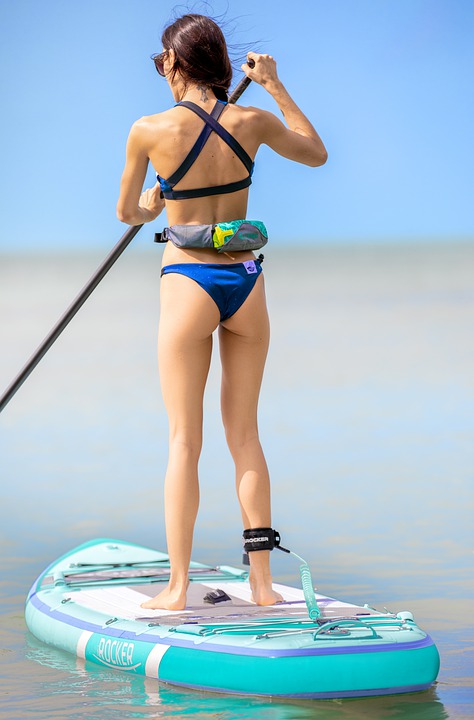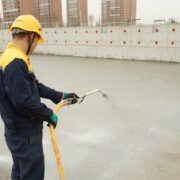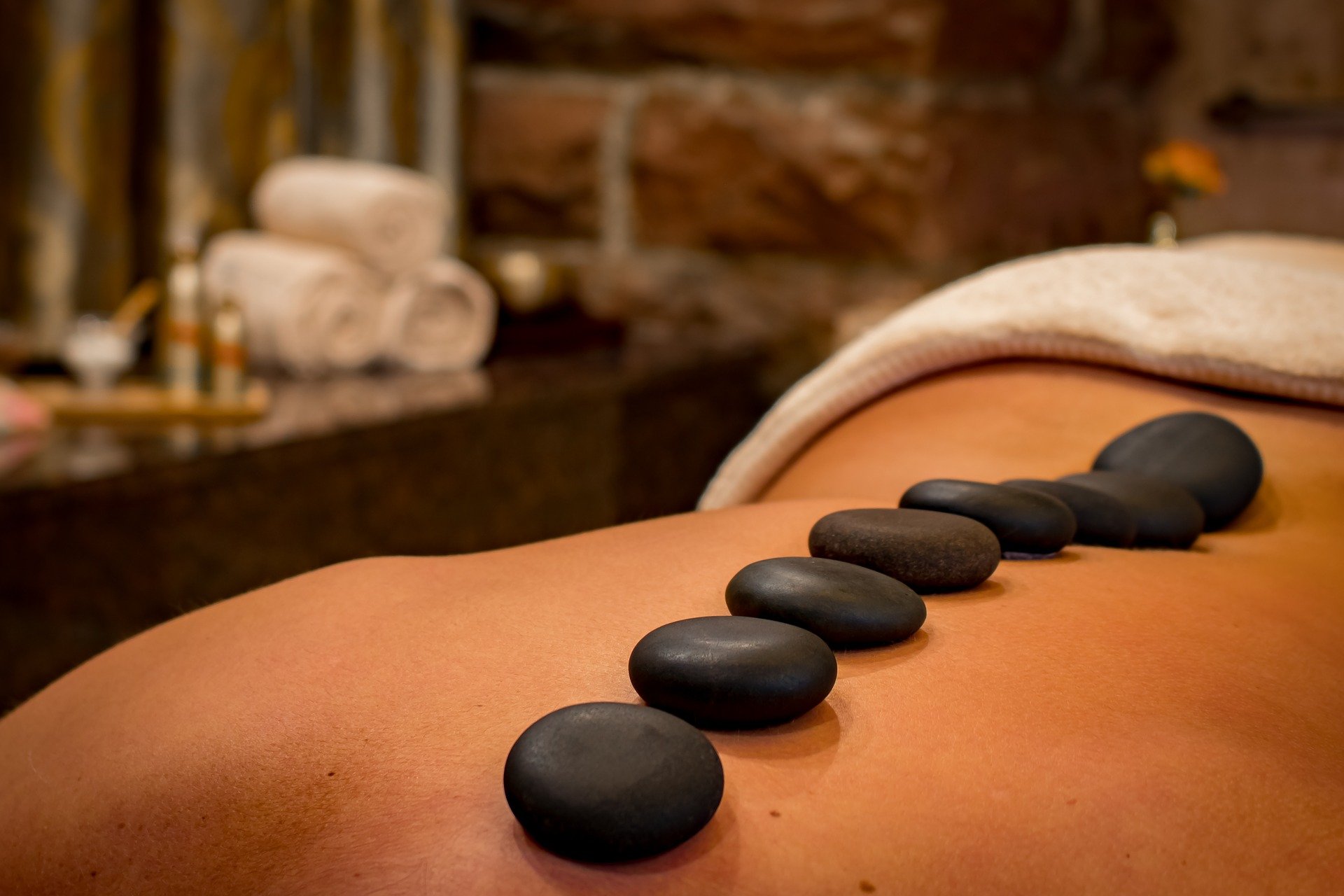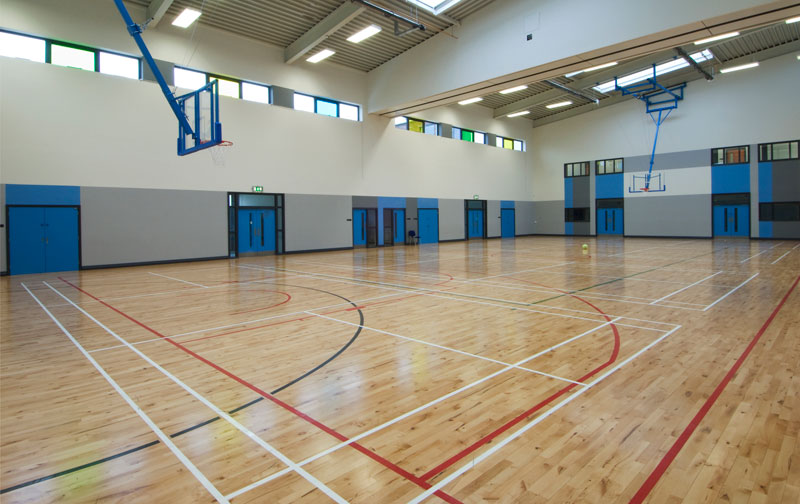
When you go shopping for new flooring for your sports facility, you need to ensure it’s good looking, high-performing, and long-lasting. There are many designs and materials that you can select from, and each has its benefits, challenges, and specific characteristics. Some people prefer hardwood floors because they’re safe, durable, resilient, and attractive. These qualities also make them ideally suited for volleyball, basketball, and other athletic activities.
Buying a new sports floor is a big project and investment that you must ensure is successful. To do this, you need to know how to choose the right hardwood flooring from reputable sites like https://www.junckers.co.uk/sports-flooring. However, before you make your selection, here are some things you need to consider.
- The Activities To Be Carried out On the Floor
Your sports floor’s intended use is an essential factor you should consider when choosing a type of floor. Most athletic floorings need to meet traction standards, sleep resistance, resilience, uniformity, ball bounce, and shock absorption because most sports are played on them. Hardwood flooring is suitable for volleyball and basketball facilities. Some people also prefer using it for gym floors.
Some people install maple hardwood floors in their facilities because they’re appropriate for multipurpose uses. Apart from the sports activities that’ll be conducted in your facility, you need to consider the equipment that’ll be installed on the floor before making a selection. Larger bleachers, common in competition gyms and portable backstops, need floors that can offer greater support and withstand extra weight.
It’s also important to consider the type of sports that’ll be played on the floor and the facility’s users before making a selection. Different users have different priorities and needs depending on proficiency level, age, and other factors. An appropriate flooring type should help its users avoid injuries, enjoy the game, and improve performance.
- Type Of Flooring
You need to select a floor that can best suit your facility before installing a new floor. The most common types of sports flooring are the anchored resilient floors and the traditional floating floors. Both of these floors are used widely and can be twisted to suit various functions. Anchored floors are attached to an underneath concrete slab. Some configurations can allow you to add synthetic and steel materials like clips, channels, or pins, to give better dimensional stability while enabling the floor to contract and expand naturally.
On the other hand, floating floors aren’t attached to the substrate. Most people prefer this subfloor configuration because it’s more economical. You can select a portable flooring system for convention centers and stadiums because they can be removed and replaced easily when necessary.
- Sustainability Requirements
Before installing your sports flooring, you may need to fulfill some LEED requirements. If this is the case, inform your contractor in advance to use sustainable materials and the right installation techniques. However, even if you don’t require LEED certification, you need to select an environmentally friendly one. Hardwood floors are created from renewable and biodegradable resources that make them sustainable and eco-friendly.
Conclusion
It’s vital to install an appropriate sports floor that’ll serve the need of its users. There are several flooring types you can choose from. However, your selection should be sustainable, support the activities to be carried out and be durable.

